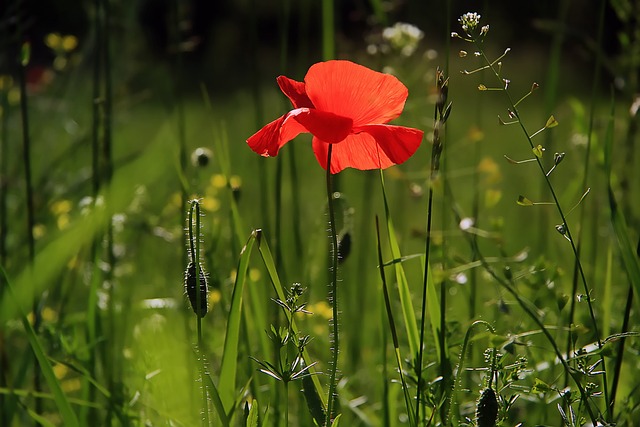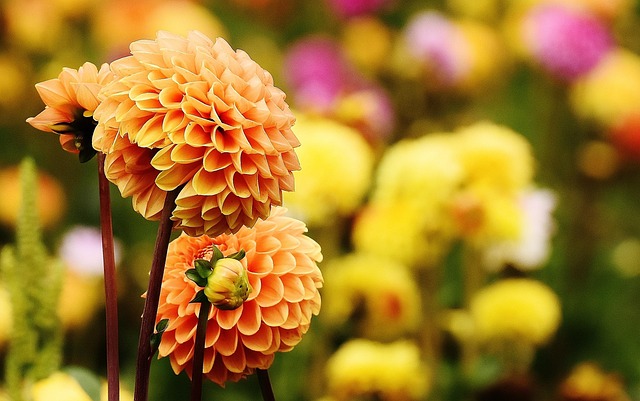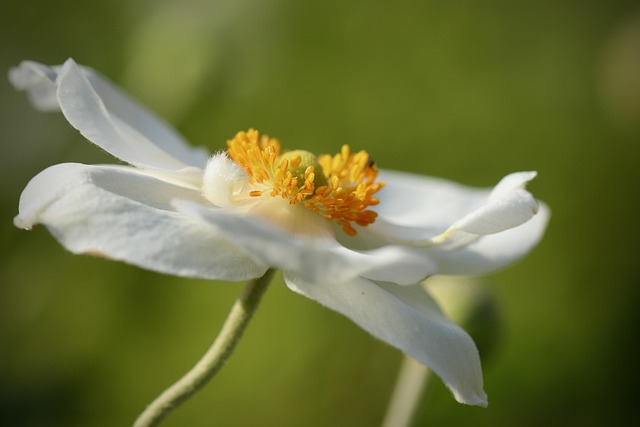Mulch is a versatile tool for achieving healthy soil and effective seasonal pest control. By insulating soil from temperature extremes, conserving moisture, and preventing erosion, mulch enhances soil structure and fertility over time. It also acts as a natural weed deterrent, reducing competition for resources and minimizing the need for chemical controls. Different mulch types cater to specific climates and soil conditions; organic options like wood chips or straw enrich soil in cooler regions, while reflective mulches manage heat in warmer areas. Understanding your soil's pH and nutrient needs is crucial for selecting the right mulch, which can amend acidity or raise pH levels. Mulching supports year-round pest management by deterring insects and rodents through a natural barrier, disrupting their life cycles. This eco-friendly approach improves soil health while creating an unwelcoming environment for weeds and pests, making it a revolutionary strategy for organic garden protection.
Protecting your soil year-round is essential for a vibrant, healthy garden. Mulching isn’t just about aesthetics; it’s a powerful tool for maintaining soil health and combating seasonal pests. This comprehensive guide explores effective mulching strategies, from understanding the benefits of mulch to selecting the right type for your climate. We’ll delve into seasonal application tips, ensuring optimal protection and long-term pest control, making your garden a thriving oasis all year round. Discover how these strategies can revolutionize your gardening approach.
- Understanding Mulch: Its Benefits for Soil Health
- Seasonal Application Strategies for Optimal Protection
- Choosing the Right Mulch for Your Climate and Soil Type
- Long-Term Pest Control: How Mulching Can Repel Pests Year-Round
Understanding Mulch: Its Benefits for Soil Health

Mulch is a vital tool in maintaining healthy soil and managing seasonal pest control. It offers numerous benefits, acting as a protective layer that reduces erosion, conserves moisture, and regulates soil temperature. By insulating the soil from extreme heat or cold, mulch helps create a favorable environment for beneficial microorganisms, contributing to improved soil structure and fertility over time.
Moreover, a thick layer of mulch can deter weeds, thus reducing competition for nutrients and water. This is particularly advantageous during seasonal transitions when weed growth can be more robust. By suppressing weed development, mulch minimizes the need for chemical controls, promoting a more sustainable approach to garden care and contributing to overall soil health.
Seasonal Application Strategies for Optimal Protection

In terms of year-round soil protection, implementing effective mulching strategies requires a thoughtful approach to seasonal application. For optimal results, consider tailoring your mulch choices and application methods according to each season. During spring and fall, when plant activity is most robust, organic mulches like wood chips or straw can provide insulation and suppress weeds effectively. These materials gradually decompose, enriching the soil with nutrients over time.
In contrast, summer months may call for lighter, reflective mulches such as gravel or white polymeric nets to combat heat stress on plants and prevent soil evaporation. For winter protection, especially in regions with harsh climates, a thicker layer of organic mulch can shield roots from freezing temperatures and extreme cold. Seasonal pest control measures should also be integrated into these strategies, ensuring that appropriate materials are used during each phase to maintain a healthy soil environment throughout the year.
Choosing the Right Mulch for Your Climate and Soil Type

When selecting mulch, understanding your climate and soil type is crucial for effective year-round soil protection. Different regions present unique challenges and opportunities in terms of pest control, moisture retention, and temperature regulation. For instance, organic mulches like wood chips or straw are excellent for cooler climates as they insulate the soil, preventing frost damage and suppressing weeds. In warmer areas, choose materials that reflect sunlight to keep soil temperatures in check during hot summers.
Additionally, consider your soil’s pH level and nutrient needs. Some mulches, such as pine needles or compost, can help amend soil acidity while others, like calcium-rich limestone dust, are ideal for raising pH levels. Matching the right mulch to your specific climate and soil type ensures optimal conditions for plant health, promotes robust root development, and facilitates seasonal pest control by limiting the habitats of common garden pests.
Long-Term Pest Control: How Mulching Can Repel Pests Year-Round

Mulching isn’t just about aesthetic appeal; it’s a powerful tool for long-term pest control, offering effective seasonal pest management year-round. By creating a protective barrier around plants, organic mulches like wood chips or straw deter pests like insects and rodents from infesting your garden. These natural barriers interrupt the life cycles of pests, making it harder for them to lay eggs, breed, and find hosts.
Unlike synthetic solutions that may have limited impact on specific pests and can harm beneficial insects, mulching provides a sustainable, eco-friendly approach to seasonal pest control. It helps maintain soil moisture, regulate temperatures, and prevent weeds from germinating, creating an uninviting environment for unwanted visitors. This multi-faceted benefit makes mulching a game-changer in the world of organic, year-round garden protection.
Implementing effective mulching strategies not only enhances soil health year-round but also serves as a powerful tool for seasonal pest control. By selecting the appropriate mulch type tailored to your climate and soil conditions, you can create a protective barrier that deters pests while promoting plant growth. This holistic approach to landscaping ensures a vibrant garden throughout all seasons, making mulching an indispensable practice for any homeowner seeking optimal soil protection and pest management.
